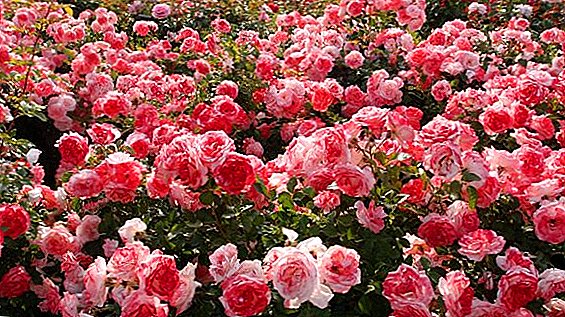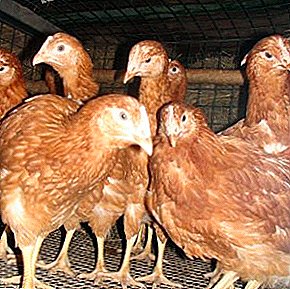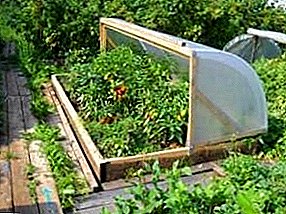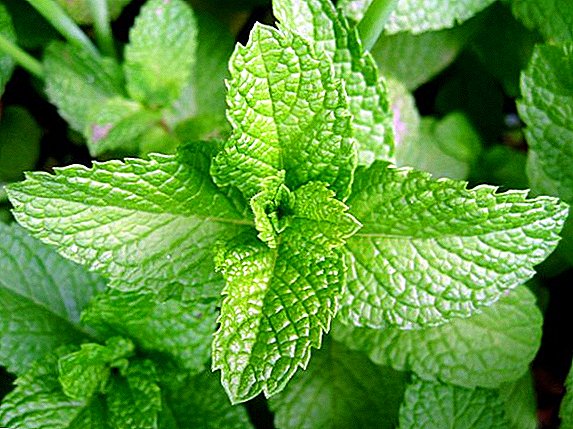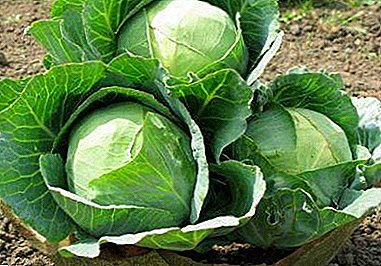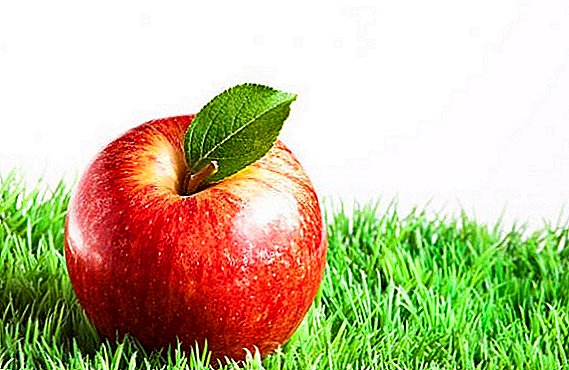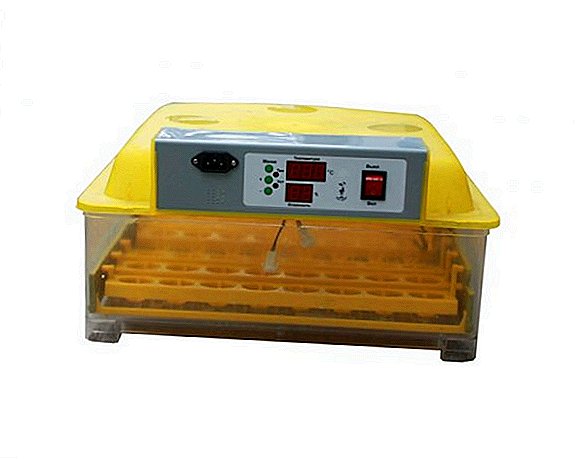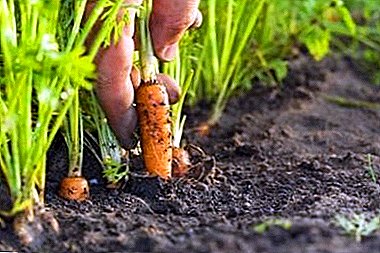
The diet of any person does not seem to be without carrots, as this vegetable is a storehouse of nutrients and minerals.
And on your site you want to grow not only environmentally friendly, but also a quality product. A number of factors affect the yield. One of them is a competent crop rotation of vegetables.
Crop rotation - the process of alternating different crops on a specific land plot. The scheme of crop rotation is based on the compatibility of certain plants.
What depends on the correct choice of the predecessor?
The alternation of crops avoids one-sided depletion of the soil.Because different vegetables take away various nutrients from the soil. Therefore, it is important to distribute correctly from the autumn where and what plantings will be carried out.
The amount of minerals in the earth, the presence or absence of pests, and therefore the quality and yield of the vegetable, depend on its predecessor.
Rules of the organization of crop rotation in open ground

- In order to ensure yield, the monoculture is planted in the place where it grew, only after 3-4 years. The task of the annual and continuous alternation of planting is to prepare the soil for the next plant. It is carried out according to the “tops-roots” principle, the superficial root system replaces the deep root and vice versa.
- In order to prevent the exhaustion of the soil and the accumulation of pathogenic microbes in it, one more rule of crop rotation is applied. After crops exposed to pests alone, a plant resistant to them is planted.
Also with minerals: after vegetables, consumed only nutrients, crops are grown that need other nutrients.
Observing these simple rules of alternation of plantings, it is possible to achieve not only a high-quality harvest, but also spend less time and effort on the care and handling of plantings.
What does compatibility depend on?
The compatibility of carrots with their predecessors and followers depends on the mineral substances consumed and introduced into the soil.
- First, a vitamin vegetable during growth needs nitrogen, which it can take from the air. Due to it the green tops are increased and the size of the root crop increases.
- Secondly, there is a need for potassium, responsible for photosynthesis, fruit quality and vegetable resistance to diseases.
- Thirdly, carrots need phosphorus, which is responsible for its taste. From the above it follows that the predecessors of the orange root had to consume other trace elements or the same, but in small quantities.
- Also, carrots should be resistant to diseases of the previous plantings.
Advantages and disadvantages of alternation in the garden
The advantages of crop rotation are:
- The yield, which grows on average by 20%.
- Interruption inherent in monoculture, the reproduction period of harmful bacteria and pathogens.
- Reduction in energy consumption for fertilizer application to the soil, since it will not be too depleted.
disadvantages:
- Annual competent planning places for landings.
- A small area of the site, if it is a country house or a vegetable garden. It is very difficult to distribute plantings on a small perimeter in the correct alternation of crops.
Can I sow carrots after onions, garlic, strawberries, cucumbers and other crops?

- Good predecessors for carrots. Proper predecessors not only do not harm the subsequent plantings, but also create favorable conditions for them.
- Onion - disinfects the soil.
- Strawberries - its diseases and harmful insects are not afraid of orange root crops. Since carrots are able to consume nitrogen from the air, you get a great harvest on poor soil with this trace element.
- Garlic - not very depleting the earth, all the necessary nutrients will be saved.
- Cabbage - prone to other diseases than carrots.
- Cucumbers - these vegetables belong to the rule of “roots” and replace “tops”; they will not cause any harm to the carrots plantations.
- Zucchini - leave behind a loose and clean soil, where the roots will form smooth and beautiful.
- Potato - consumes the same nutrients, but in other proportions. Therefore, the structure of the soil will remain on such a site, and the trace elements necessary for the development of carrots will be sufficient.
- Pumpkin - has a wide and shallow root system, thanks to which the earth remains loose. Also, its roots do not emit any toxic substances.
- Forbidden predecessors for the orange root:
- Carrots - you can return to the former landing site only after 3-4 years. Otherwise, the soil will be depleted, will continue the cycle of reproduction of pathogenic microbes. And as a result, the yield will decrease, and the roots will be prone to disease.
- Beets - these two vegetables are prone to the same ailments.
- Parsley, celery, dill - have the same pests.
- Neutral effects on carrot plantings will have - Tomatoes, eggplants, as the fruits of the ground, the disease is different.
Planting any vegetables allowed the next year after the carrot?
 Consider that it is better to plant after the carrot, what is the effect of the orange vegetable on subsequent plantings.
Consider that it is better to plant after the carrot, what is the effect of the orange vegetable on subsequent plantings.
- Will feel good:
- Onions and garlic - will have a disinfecting effect on the soil.
- Potatoes - in the ground for him will remain a sufficient amount of nutrients.
- Garden radish - although it belongs to the same family, but you can plant it. As the radish ripens early, he does not have time to get infected with ailments.
- Beans, peas - saturate the soil with nitrogen.
- Strawberries and garden strawberries - you get a great harvest.
- Landing will not be productive:
- Beets - because of the similarity of the disease.
- Carrots - in the second year of the harvest will not be.
- It is not recommended to plant after carrots: dill, parsley, celery, as they suffer from insects.
Consequences of misalignment
If non-compliance with the alternation of vegetable crops, much more time and effort is spent on the care and processing of plantations on the plot. And in this case, the energy expended will not be equal to the expected yield.
Also, the roots will be under the influence of infection, which is bad for storage in the winter. Disturbance of crop rotation will have a bad effect on soil:
- exhaustion;
- accumulation of toxins;
- accumulation of harmful microbes.
Solving possible problems
 Gardeners who know about the rules of crop rotation, of course, use them. And for those who found out about them when the planting has already been carried out and the carrot is sitting on the place of the beet, what to do?
Gardeners who know about the rules of crop rotation, of course, use them. And for those who found out about them when the planting has already been carried out and the carrot is sitting on the place of the beet, what to do?
- First, fertilize the carrot bed with potassium subcortex and superphosphates to supplement the amount of substances needed by root crops.
- Secondly, a one-time treatment of the ridge with 1% Bordeaux solution will reduce the likelihood of infection of root crops with infection.
- Thirdly, there should be repeated weeding. This will protect plantings from carrot flies. And fourthly, thinning the plantings, which affects the size and type of root crops.
Taking note of these simple rules and recommendations can be achieved not only a good harvest, but also the release of time to do something else.



